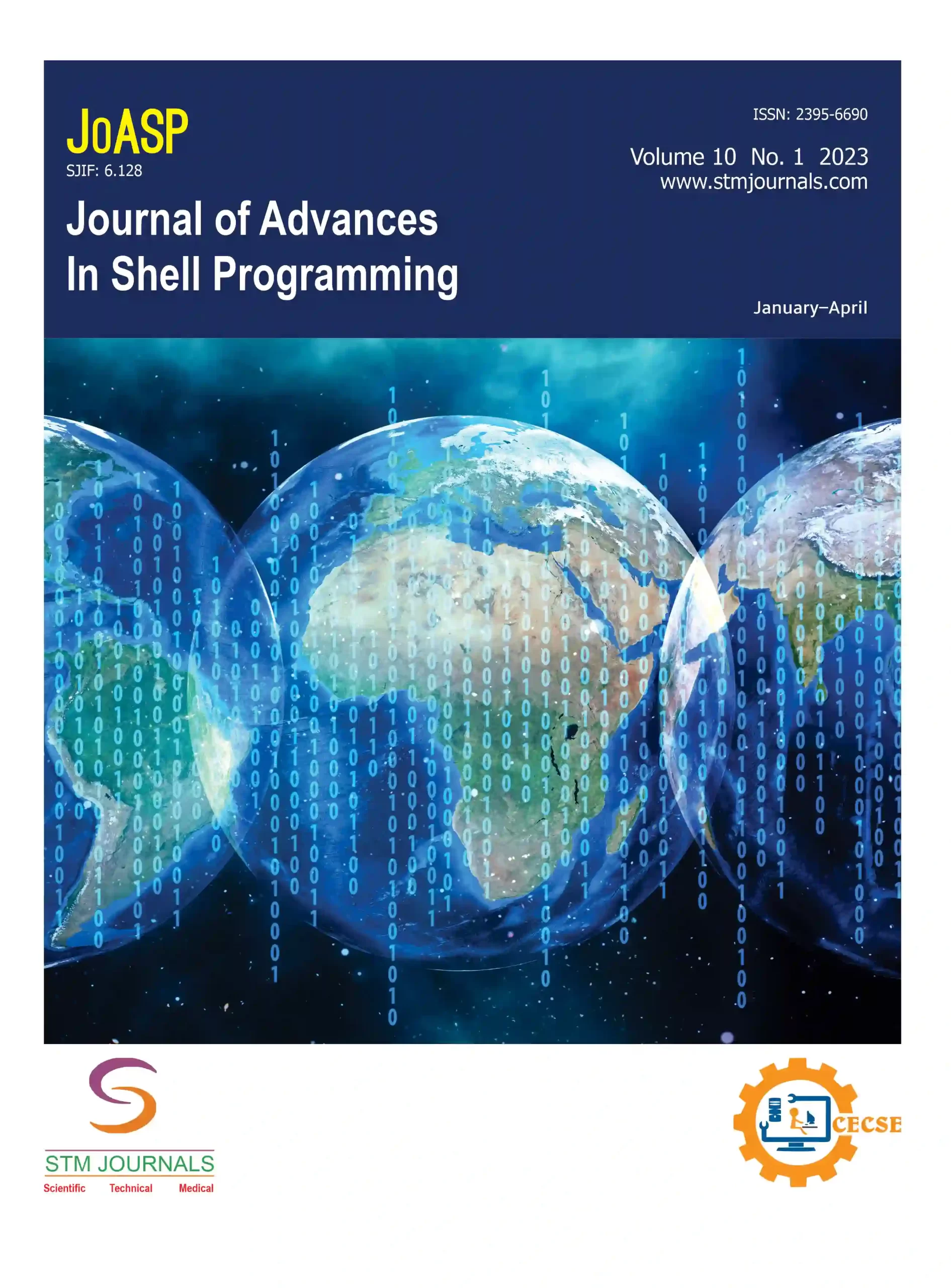Aditya Chavhan,
Sakshi Bhos,
Harshit Rathod,
S.B. Mule,
- Student, Department of Electronics and Telecommunication Engineering, Sinhgad college of Engineering, Vadgaon (BK), Pune, Maharashtra, India
- Student, Department of Electronics and Telecommunication Engineering, Sinhgad college of Engineering, Vadgaon (BK), Pune, Maharashtra, India
- Student, Department of Electronics and Telecommunication Engineering, Sinhgad college of Engineering, Vadgaon (BK), Pune, Maharashtra, India
- Assistant Professor, Department of Electronics and Telecommunication Engineering, Sinhgad college of Engineering, Vadgaon (BK), Pune, Maharashtra, India
Abstract
This study delves into the intricacies of decentralized mesh networking, with a specific focus on its implementation within a chat application utilizing WebSocket communication. Departing from the conventional star topology often associated with mesh networks, our approach establishes a decentralized network architecture where ESP32 devices communicate through a central router. Each ESP32 device hosts a WebSocket program, enabling seamless communication among connected devices via a web interface. Our research assesses the feasibility and effectiveness of this approach, addressing challenges such as scalability and network management. Detailed implementation procedures are provided alongside experimental results and discussions on implications for future research and practical deployment. The integration of WebSocket communication enhances the real-time interaction capabilities of the chat application, fostering efficient and instantaneous communication among interconnected devices. Leveraging the capabilities of ESP32 microcontrollers, our implementation exemplifies the potential of Internet of Things (IoT) devices in realizing decentralized networking paradigms. Our method of decentralizing network communication reduces the risk of single points of failure and enhances the overall resilience of the network. Furthermore, the utilization of TCP/IP protocols ensures reliable data transmission across the mesh network, enhancing the robustness of the communication infrastructure. This investigation contributes to the understanding of decentralized mesh networking technologies and their potential applications in facilitating efficient and resilient communication systems. The utilization of ESP32 devices, WebSocket communication, and web interfaces underscores the versatility and adaptability of decentralized networking architectures in various IoT applications. As the IoT ecosystem continues to evolve, decentralized mesh networking presents itself as a promising solution for establishing reliable and scalable communication networks.
Keywords: Decentralized mesh networking, websocket, ESP32, chat application, IoT, router, TCP/IP, web interface
[This article belongs to Journal of Advances in Shell Programming ]
Aditya Chavhan, Sakshi Bhos, Harshit Rathod, S.B. Mule. Decentralized Mesh Networking. Journal of Advances in Shell Programming. 2024; 11(01):8-15.
Aditya Chavhan, Sakshi Bhos, Harshit Rathod, S.B. Mule. Decentralized Mesh Networking. Journal of Advances in Shell Programming. 2024; 11(01):8-15. Available from: https://journals.stmjournals.com/joasp/article=2024/view=146349
References
- Sahlmann K. Network management with semantic descriptions for interoperability on the Internet of Things. Doctoral dissertation. Germany: Universität Potsdam; 2021. Available from https://publishup.uni-potsdam.de/frontdoor/index/index/docId/52984
- de Souza BJ, Lamenza TD, Endler M. Practical Challenges And Pitfalls Of Bluetooth Mesh Data Collection Experiments With Esp-32 Microcontrollers. arXiv preprint arXiv:2211.10696. 2022 Nov 19.
- Farej ZK, Talab AW. Performance Validation and Hardware Implementation of a BLE Mesh Network by Using ESP-32 Board. In International Conference on Mathematical Modeling and Computational Science. 2023 Feb 23; 331–343. Singapore: Springer Nature Singapore.
- Khan AU, Khan ME, Hasan M, Zakri W, Alhazmi W, Islam T. An Efficient Wireless Sensor Network Based on the ESP-MESH Protocol for Indoor and Outdoor Air Quality Monitoring. Sustainability. 2022 Dec 12; 14(24): 16630.
- Jasmeen Kaur, Muskan Sharma, et al. Wireless Notice Board Using ESP-32. In: Vikram Dhiman and Pooja Dhand (eds), Emerging Trends in Engineering and Management. India: SCRS; 2023; 121–127. Available from https://www.publications.scrs.in/uploads/final_menuscript/570287f9 pdf
- Sengupta S, Ramamurthy R. From network design to dynamic provisioning and restoration in optical cross-connect mesh networks: An architectural and algorithmic overview. IEEE Netw. 2001 Jul; 15(4): 46–54.
- Osterlind F, Dunkels A, Eriksson J, Finne N, Voigt T. Cross-level sensor network simulation with cooja. In Proceedings, 2006 31st IEEE conference on local computer networks. 2006 Nov 14; 641–648.
- Mitrović N, Đorđević M, Veljković S, Danković D. Implementation and Testing of Websocket Protocol in ESP32 based IoT systems. Facta Univ: Electron Energ. 2023 Jun 29; 36(2): 267–84.
- Kovachev D, Renzel D, Nicolaescu P, Koren I, Klamma R. DireWolf Framework for Widget-based Distributed User Interfaces. J Web Eng. 2014 Jul 1; 13(3&4): 203–22.
- Szymańska E, Petrović L, Marković I, Petrović I. Mobile robot teleoperation via Android mobile device with UDP communication. In 2021 IEEE 44th International Convention on Information, Communication and Electronic Technology (MIPRO). 2021 Sep 27; 1143–1148.

Journal of Advances in Shell Programming
| Volume | 11 |
| Issue | 01 |
| Received | 24/04/2024 |
| Accepted | 09/05/2024 |
| Published | 16/05/2024 |
Login
PlumX Metrics